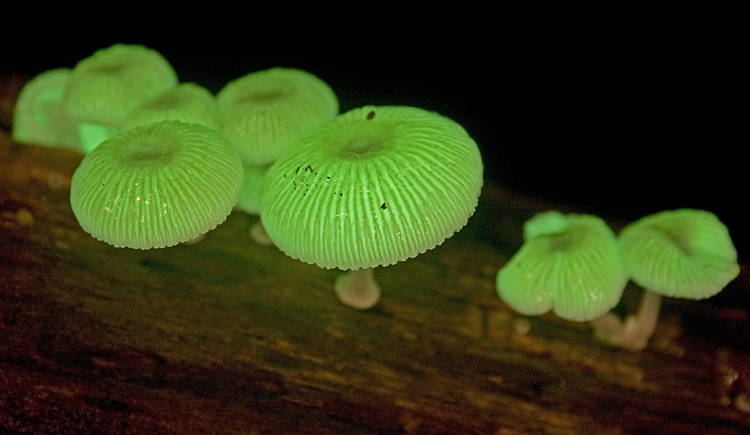Interferons are present in birds, reptiles and fishes as well as higher animals.There are 3 main families of interferons: a, b and g. Gamma interferon is a cytokine which is characteristically a product of Th1-cells and natural killer (NK) cells.
1.Interferons are
a) anti bacterial proteins
b) anti-viral proteins
c) bacteriostatic proteins
d) all of these
Ans.b
2.Antiviral glycoproteins released by living cells in response to viral attack and induce a viral resistant state to neighbouring cells is called as
a) natural killer cellsAns.c
b) complement system
c) interferons
d) phagocytes
3. Interferons:
A Are found only in mammalian species.

